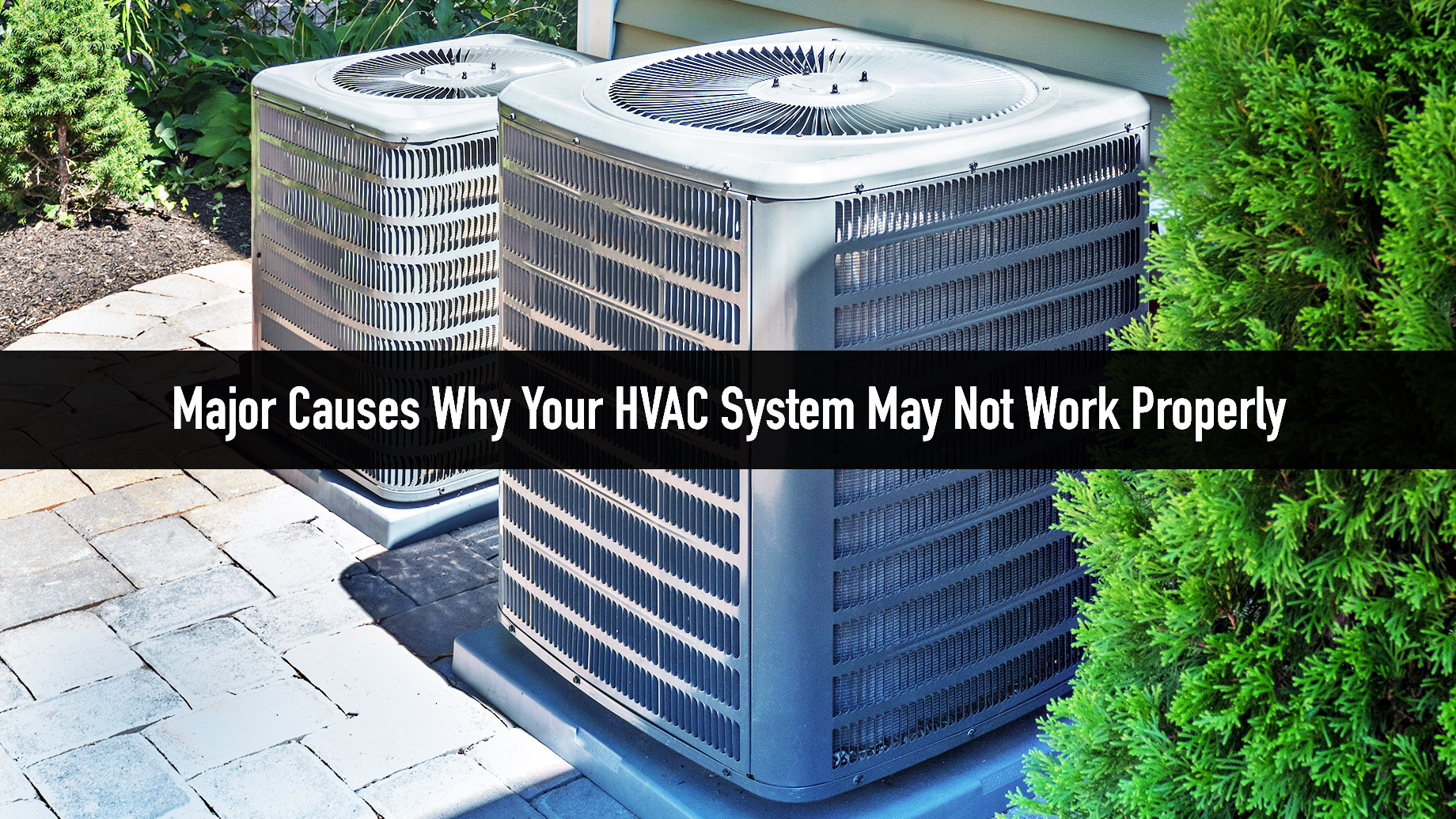
Several reasons can cause an HVAC problem, and the identification logic is very similar to that of any appliance – the faster you recognize it, the greater the chances that its repair will be successful.
Even the issues related to plumbing, electrical, or any other homes services need the same formula. As an air conditioner is a complex device with many parts, it is important to be aware of the signs it shows during its use.
How to identify air conditioning defects
Knowing how to identify air conditioning problems is essential to avoid even greater wear. The clearest signs are when the air conditioner is not cooling the room, or is not even turning on. There are some steps and points on your device to let you know if everything is ok with it or not.
Other common signs are increased energy expenditure, a device that starts to drip or has some kind of leak, and a bad smell in the environment when turning on the equipment.
If your problem is one of these two situations, there are many possibilities that could be happening. A tip is to pay attention to the air outlets of the device and the noises it makes, both when turning on and during its operation. If there are unusual noises or there is some constant obstruction of the air, it is a sign that a problem is happening.
Once you have a sign or symptom, call Vernon Air Conditioning, Plumbing & Electrical Services of Vernon immediately. We are located at
10 most common issues
Below, we list the most common industrial air conditioning problems and their possible causes.
- Compressor and fan malfunctioning – there may be a lack of power or the selector switch is defective
- The compressor does not work, but the fan does – the thermal protector, thermostat, motor capacitor, compressor or selector switch may be defective
- The compressor works but the fan does not – the fan, fan circuit, fan capacitor or selector switch may be defective
- Compressor runs but does not turn off – thermostat contacts do not open or thermostat bulb is out of correct position
- Compressor does not start – low electrical voltage, incorrect connection or open, shorted or weak start capacitor
- Fan makes noise – the fan or its capacitor is off or faulty, the propeller is stuck or the connection is wrong
- Fan runs slowly – shorted or weak capacitor, low voltage or partially stuck fan
- Fan rotates at high speed, even at low speed – reverse connection on the selector switch
- Fan rotates in the opposite direction – inverted capacitor connection
- Air-conditioning does not cool – little or no refrigerant, clogged cooling circuit, or compressor not compressing.
What to do when identifying a problem
In all these cases, the industrial air conditioning system ends up being vulnerable, and failures in its operation can lead to risks to health and compromise the integrity and conservation of products and equipment within the environment. This means that considering the local operation, the loss can become a fortune for the company. The recommendation is to contact technical assistance that will take care of your problem.